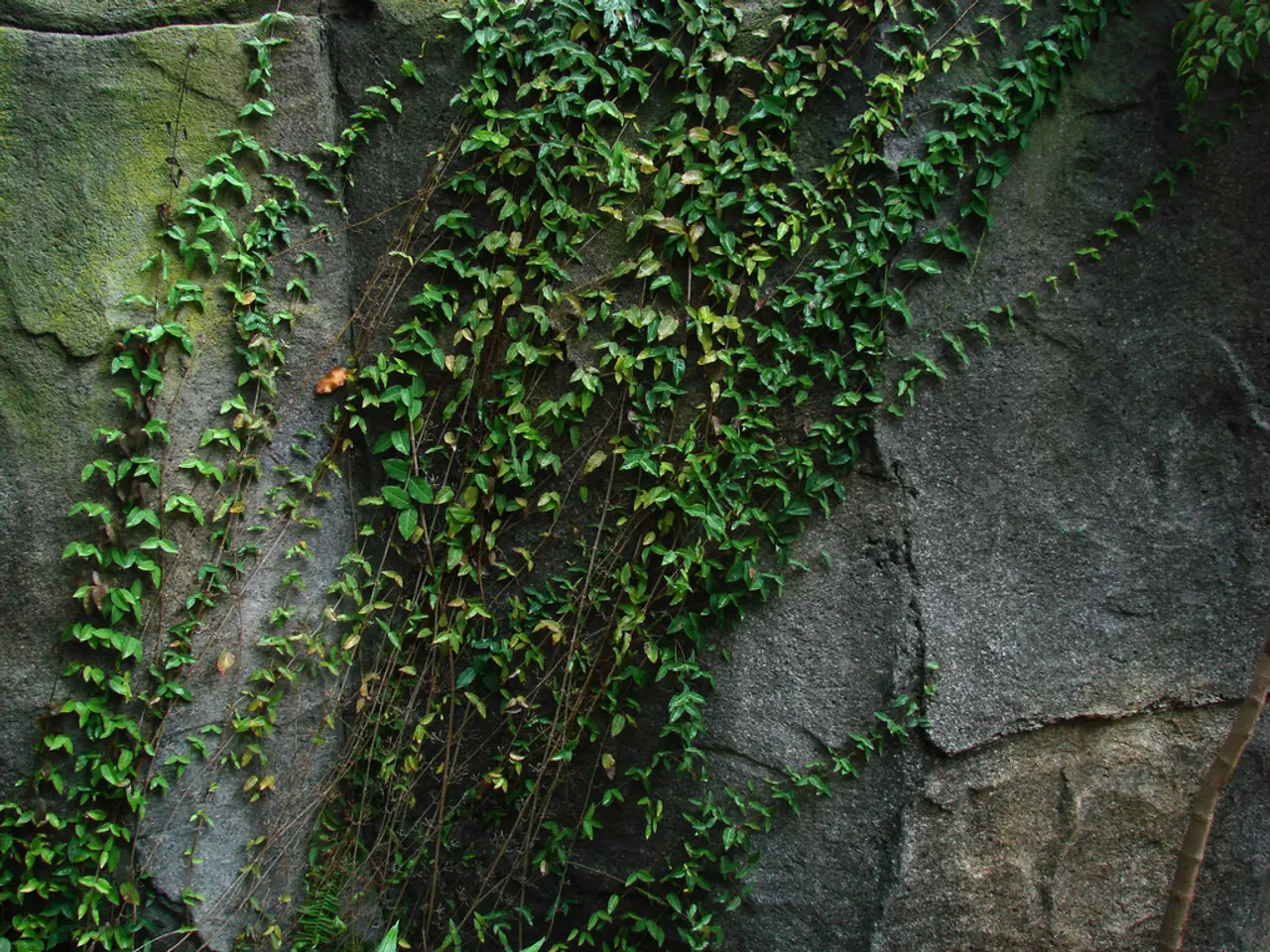Algal bloom of blue-green variety detected in Lake Eder - Toxic blue algae detected in Edersee water reservoir
Blue-Green Algae Outbreak Affects Multiple Lakes in Hesse
In recent weeks, several water bodies in the German state of Hesse have been affected by blue-green algae, a type of cyanobacteria that can pose health risks to humans and animals.
The Aartalsee in the Lahn-Dill district, Hattsteinweiher bathing area in the High Taunus district, Schultheis-Weiher in Offenbach, Guckaisee in Kreis Fulda, the southern shore of Werratalsee in the Werra-Meissner district, and Grünen See in the same district have all been found to be affected by the algae.
Swimming bans have been issued for Aartalsee, Hattsteinweiher, Schultheis-Weiher, and the Guckaisee, while swimming at the southern shore of Werratalsee and the Grünen See is discouraged. Water sports with direct contact, such as surfing, stand-up paddling, and diving, are also forbidden in Edersee.
The Waldeck-Frankenberg district has detected cyanobacteria in Edersee, and the district has advised against swimming in the lake due to potential health risks. The increased concentration of cyanobacteria was discovered at the beach in Rehbach.
Blue-green algae often bloom in freshwater bodies during warm weather, especially when nutrient levels are high. These blooms can produce toxins harmful to human and animal health, causing skin irritation, respiratory issues, or gastrointestinal symptoms upon contact or ingestion.
Recent studies highlight that warming conditions and local stressors like nutrient enrichment accelerate algae dominance in aquatic ecosystems. Common health recommendations during blue-green algae outbreaks include avoiding swimming, drinking, or allowing pets into affected waters. Authorities typically issue warnings and monitor toxin levels.
For current status in Hesse, local environmental agencies or health departments usually publish updated alerts naming affected lakes and outlining safety precautions. Checking official Hesse state environmental websites or public health bulletins would provide the most accurate, timely information.
If you need help finding these official updates, I can guide you on where to look. It is important to pay attention to the notices on-site for all water bodies in Hesse. If any symptoms occur after water contact, a doctor should be consulted.
*Note: This article is based on recent scientific insights and typical patterns of blue-green algae outbreaks. The specific details on affected water bodies or the associated health risks in Hesse as of late August 2025 could not be found in the most recent search data.
[1] Polis, G. A., et al. (2018). Global warming enhances cyanobacterial bloom formation in freshwater and marine ecosystems. Nature Climate Change, 8(7), 564-569.
[2] Jeziorski, J., et al. (2018). Nutrient pollution and eutrophication: A review of the current status and future challenges. Environmental Pollution, 235, 402-414.
- Given the current blue-green algae outbreak in Hesse, a collaborative effort from the community, focusing on science, environmental-science, and health-and-wellness sectors, could be crucial in the development of effective community aid for the sustainable management and recovery of the fisheries sector in affected lakes.
- To ensure the well-being of both human and animal populations amidst the blue-green algae outbreak in Hesse, it's essential to conduct further scientific research in the field of environmental-science, aiming to comprehend the causes and implications of these harmful blooms, and to propose potential solutions for their prevention and control.




